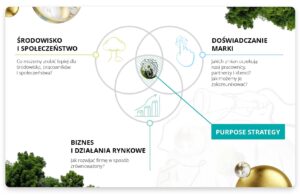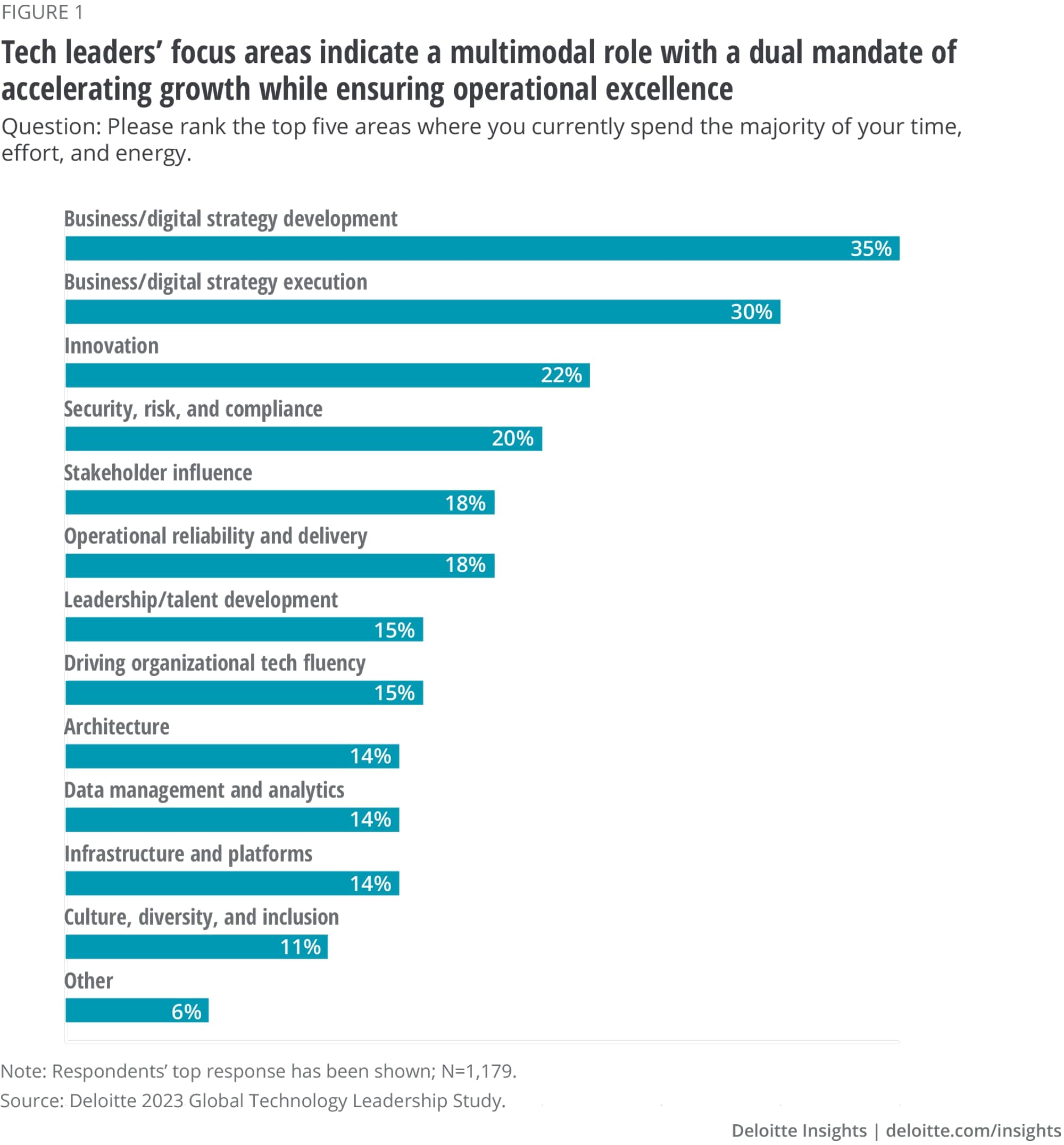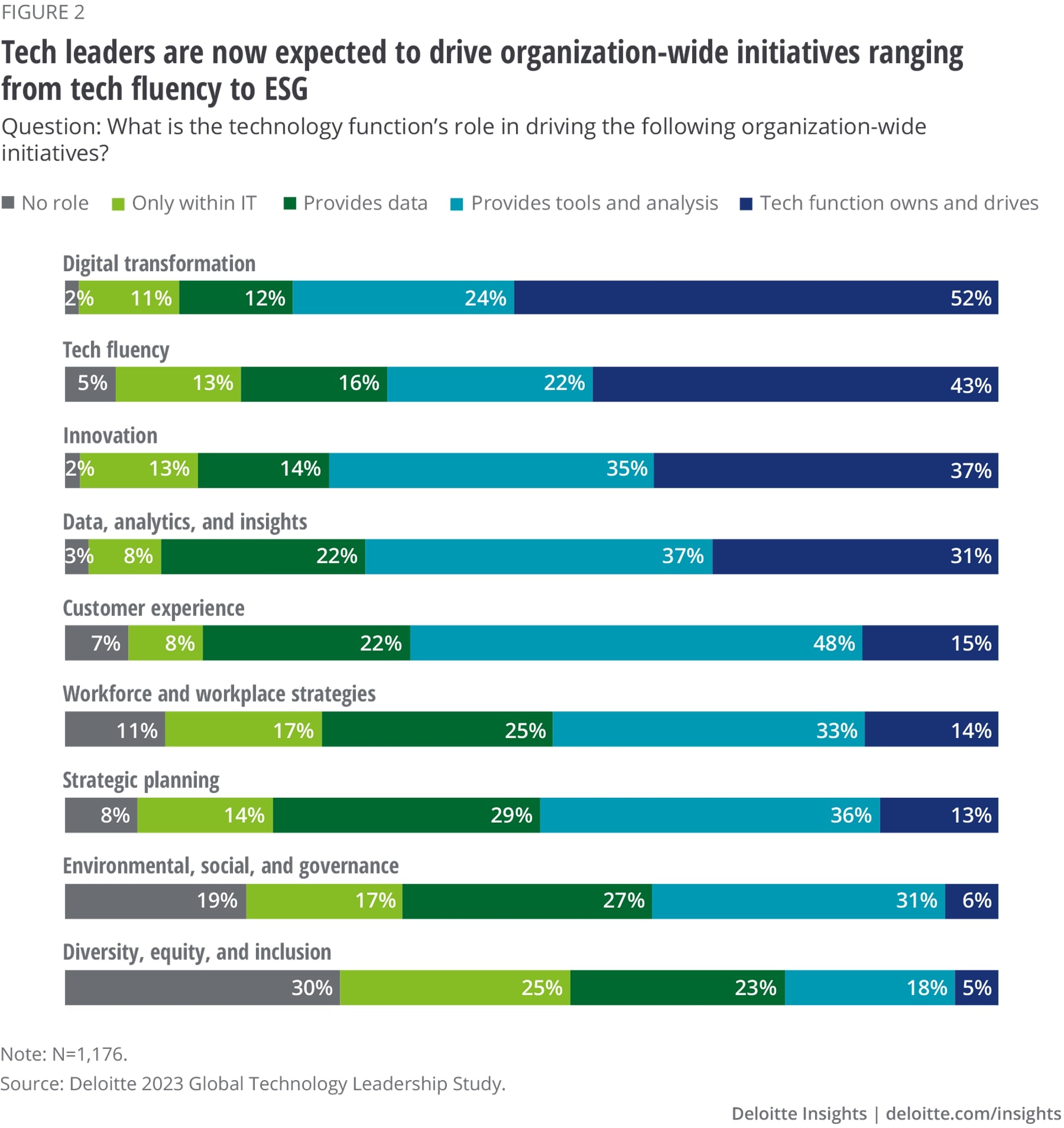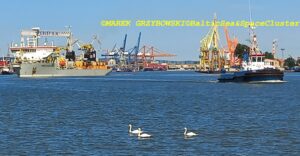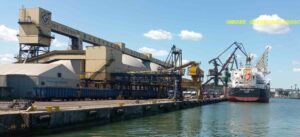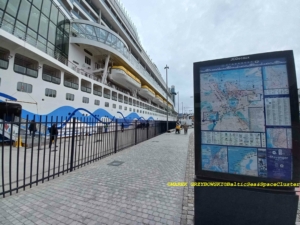
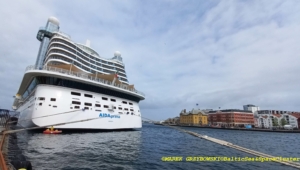
By Marek Grzybowski
The first information from tour operators confirms that in 2023 the number of passengers on cruise ships increased to 106% compared to the level in 2019. Approximately 31.5 million sea tourists chose passenger ships – estimates the Cruise Lines International Association (CLIA).
This means a higher growth rate of sea tourists than the estimated growth rate of international tourism. UNWTO (United Nations World Tourism Organization) estimated that the number of international tourists in 2023 will reach from 80% to 95% of the pre-pandemic level in 2020. At the beginning of 2023, UNWTO reported on its website about a 20% decline in bookings on a global scale.
CLIA brings together 53 cruise ship operators, including 43 ocean ship owners (28 global and 15 regional) with 293 ships. CLIA also includes 10 river cruise operators. There are 3 global companies and 7 regional shipowners with 194 ships. Nearly 300 active partners supporting tour operators and approximately 75,000 cooperate with the organization. companies from the tourism industry, including approximately 15 thousand agencies and 60 thousand travel agents.
These numbers make you realize how many entities make their living from tourism and how many institutions must operate for maritime tourism to develop efficiently. A whole lot of people work to ensure that the passenger reaches the ship safely, spends time on board and in the port, and disembarks the ship safely.
Sea passenger is a business at sea and in port
It has been calculated that, globally, the maritime passenger tourism business provides a living for 848,000 people. jobs, the revenues of countries where this business is developing reach USD 75 billion. The main beneficiary is the United States of America. Europe receives approximately USD 44 billion thanks to maritime tourism, and thanks to the industry serving maritime tourists, we have 315,000. jobs.
The rest of the world generates revenues from marine tourism of USD 11 million and provides 411,000. jobs – calculated by CLIA experts over a year ago (CLIA 2021 Economic Impact Study, Oxford Economics. 2022 (Economic Impact results to be released in September 2023). To put it illustratively, 24 passengers on a passenger ship generate on average one job.
Sea tourists return to ships repeating cruises or choosing new destinations. This proves good for passenger ship operators who are able to create regular customers. During research conducted a year ago, more than 6 out of 10 people (63%) who decided to take a cruise were passengers who returned to the connection they chose for the first time.
They often go on a trip with the same shipowner or even the same cruise ship. It is mainly millennials (68%) and Generation X (86%) who decide to travel again, and to a slightly lesser extent baby boomers (82%) and Generation Z (78%).
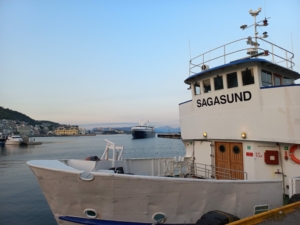
Cruise operators are investing
Cruise operators do not skimp on investments, and their expenditure on services and new production is significant and constitutes a significant impetus for economic development. An impulse that is particularly important during the economic slowdown in leading markets.
More than a year ago, purchases by passenger ship operators in Europe alone were estimated at approximately EUR 5 billion. Globally, it was over USD 35.37 billion. Around EUR 720 million was spent by passengers on board and disembarking in European ports. Globally, passengers spent over $1.9 billion in ports and on ships.
Over EUR 10.5 billion was allocated for new contracts over a year ago. Passenger ships with a contract value of over USD 13 billion were built in shipyards around the world. More than EUR 1.3 billion was spent on the wages of crews and land staff of cruise ship owners. Crews and personnel of operators around the world cost more than $5 billion during the year.
New investments also mean choosing a course for ecology. Many passengers choose cruises on ships that are environmentally friendly, not only on the water and in the air. There are those who pay attention not to harm marine fauna and flora.
LNG and electricity from the quay FIRST
So cruise operators are on a decarbonization course. They use progress and introduce new technologies on ships and in the infrastructure of passenger ports. The ships are equipped with new efficient engines and less noisy systems. Most large operators choose engines powered by gas from LNG systems.
Many claim that these are temporary solutions and new generations of cruise ships will be powered by ecological fuels from renewable sources. Therefore, bioLNG and renewable synthetic LNG are treated as a solution for today and the next few years.
The shipowner’s organization announces that “75% of CLIA’s cruise ship fleet will be able to use renewable fuels once they become available on a large scale.” It has already been announced, based on the analysis of the order portfolio placed in shipyards, that 60% of ships that are to enter into service in 2023–2028 will be based on power plants with LNG systems as the main power supply system.
LNG bunkering and energy supplies from the quay are necessary
New ships in the service also requires investments in infrastructure. Firstly, the ports’ potential for LNG bunkering must increase. And secondly, ports will compete in their ability to provide electricity to passenger ships from the quay.
CLIA wants to be the leader in organizing cruises in responsible tourism. “By 2028, the number of CLIA member cruise ships equipped with shore power will more than double,” the organization announces.
Operators associated with CLIA announce that “Emissions of harmful substances will be reduced by 99%.” The goals are ambitious. It is planned to reduce greenhouse gas emissions by over 20%, SOx by 99%, soot emissions by 98% and NOx by 85%. The forecasts are based on technical analyzes of the 2021 order portfolio for new ships.
“Every CLIA member ship currently under construction by 2028, with the exception of expedition vessels, is to be equipped with shore-power capabilities,” CLIA announces. Today, 30% of CLIA shipowners’ ships, corresponding to 40% of GT, have systems for connecting to land energy sources.
30% of passenger ships plan to install connections during their modernization. The collected data shows that 29 cruise ports around the world have at least one shore-powered quay. It is known that another 20 ports will join this group in a short time.
Changes in passenger ship construction technologies have made it possible not only to serve an increasing number of passengers, but also to introduce all kinds of entertainment and services on ships. New technologies have made cruises more and more environmentally friendly, which is also appreciated by passengers. And this is also one of the important elements of building a competitive advantage.

 Article
Article  Article
Article 



